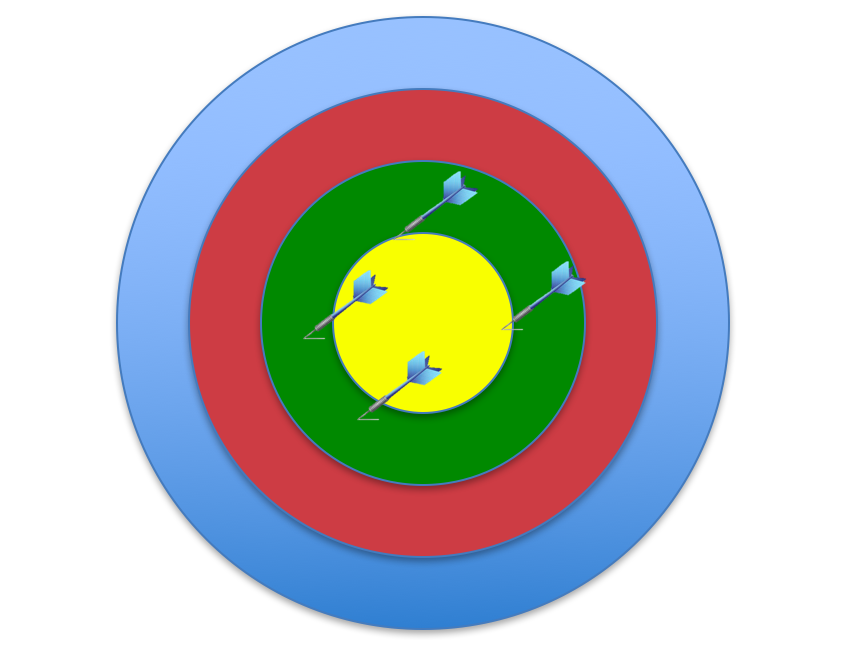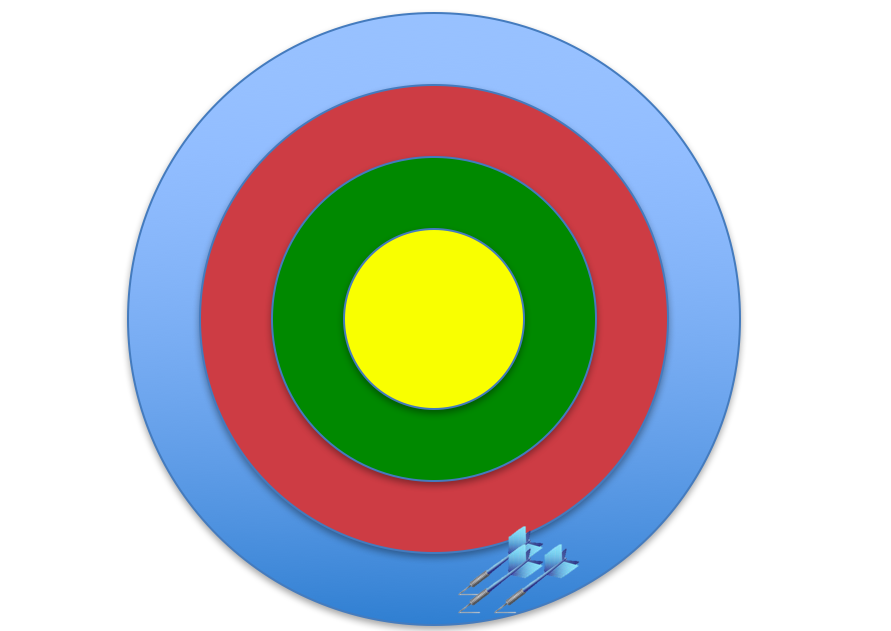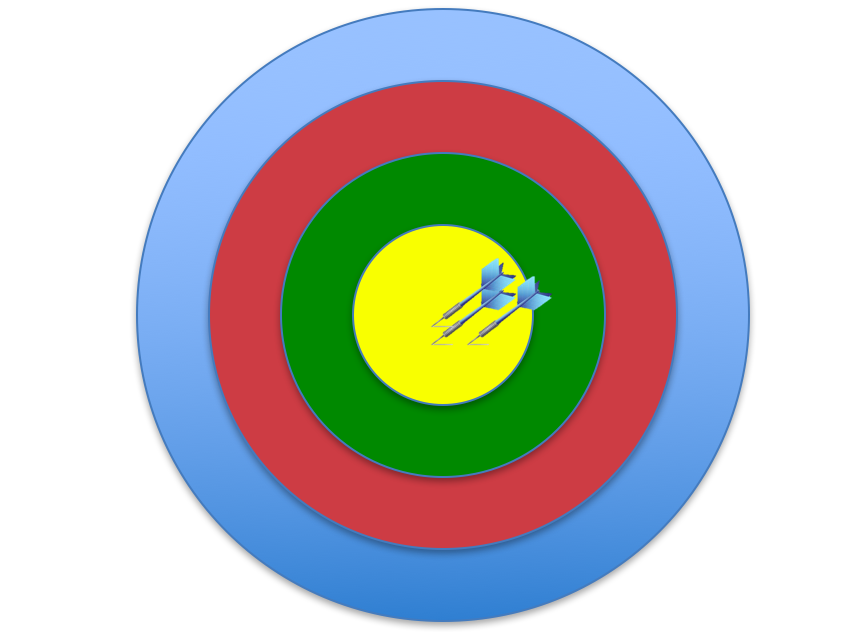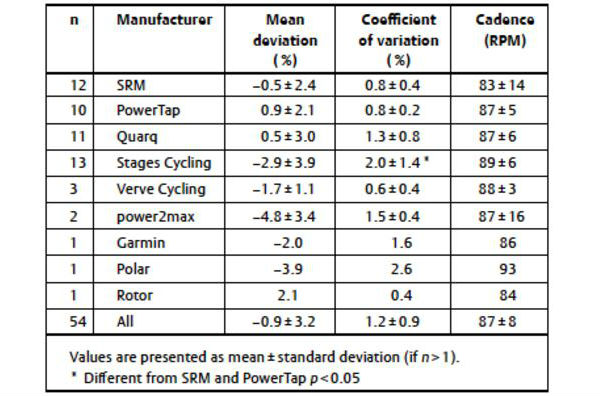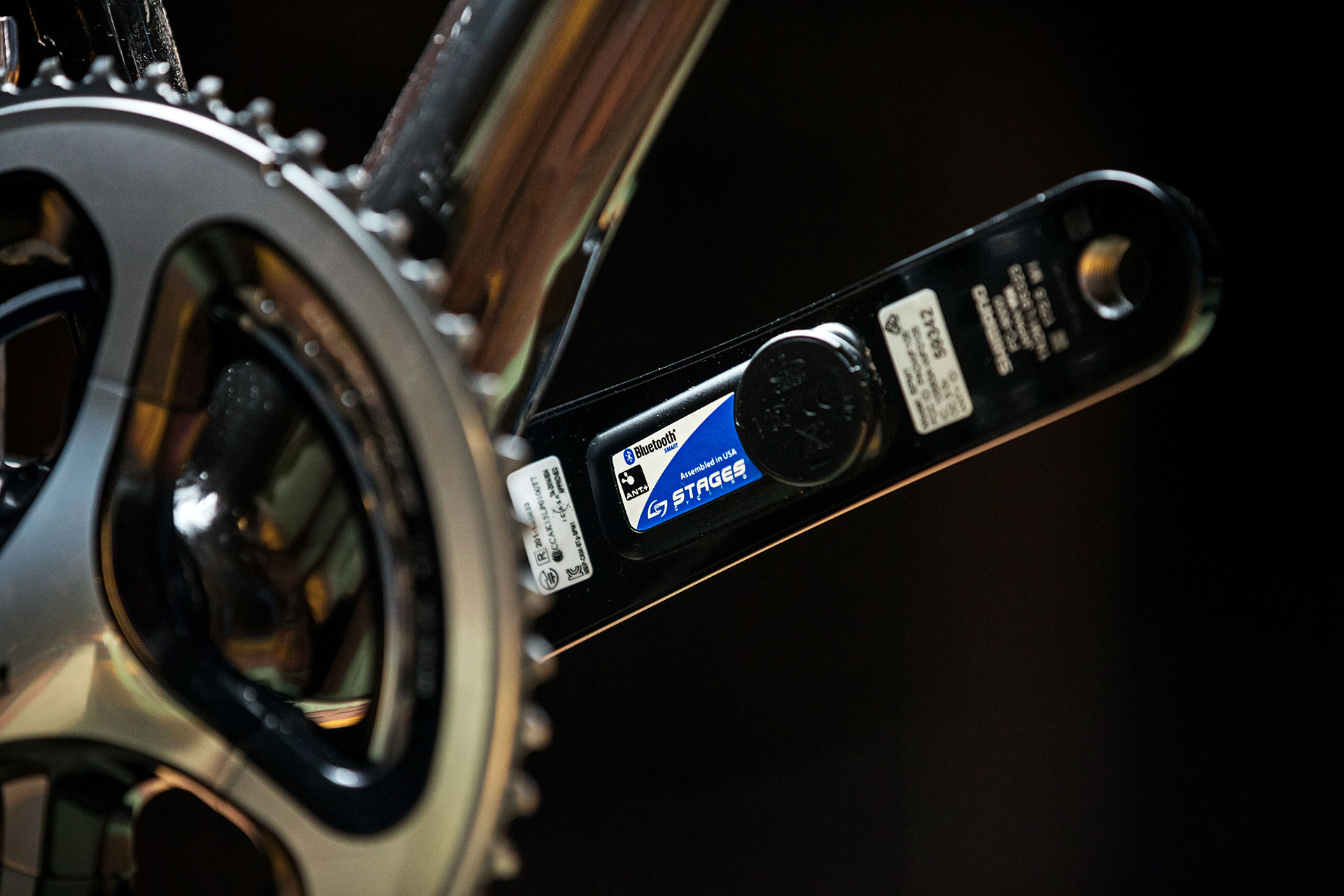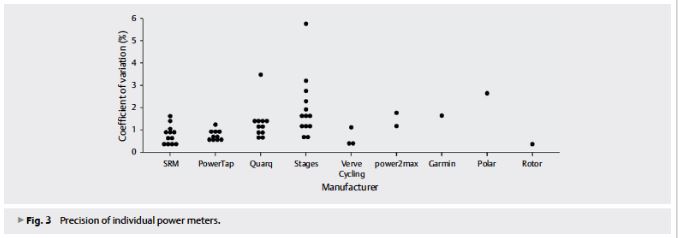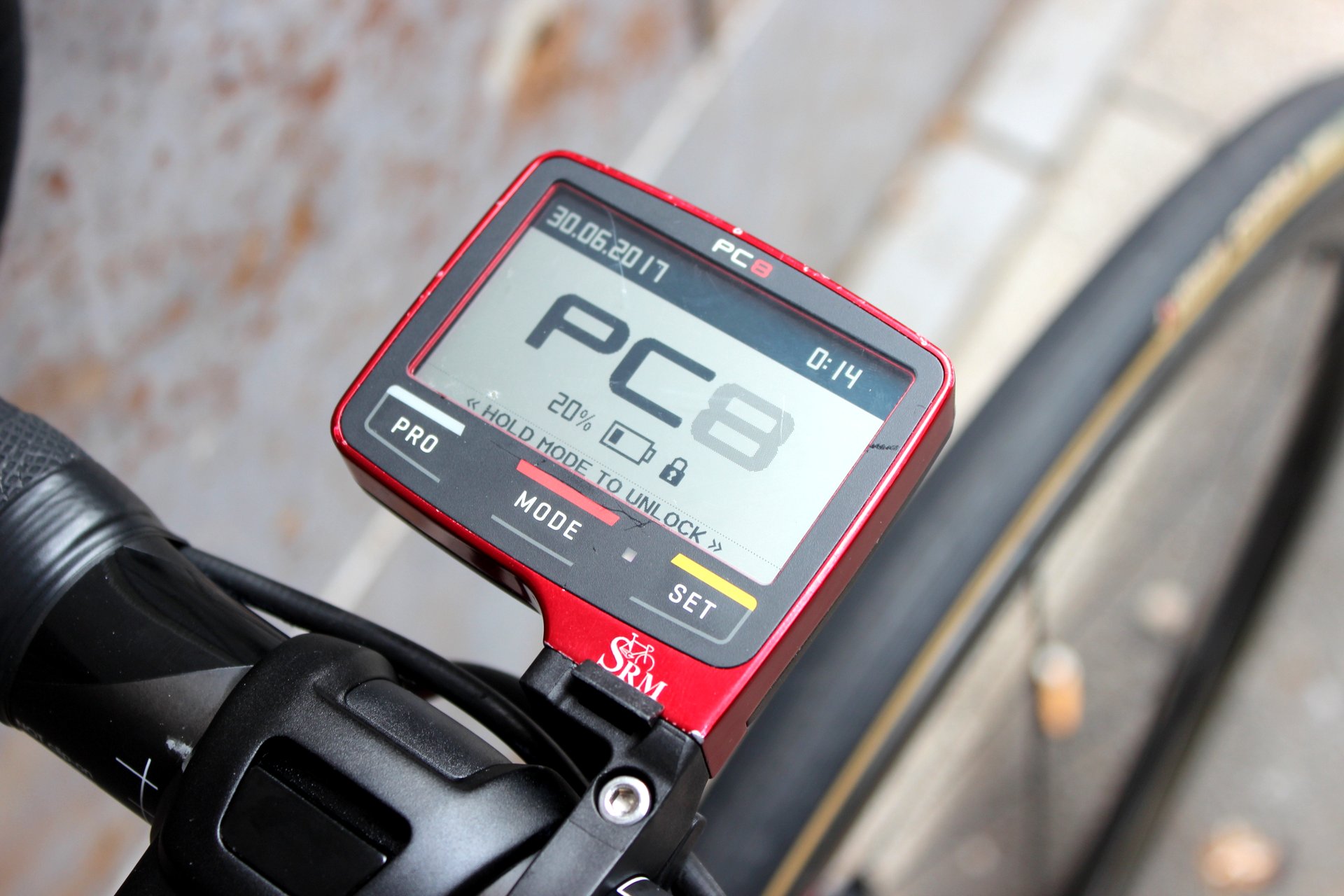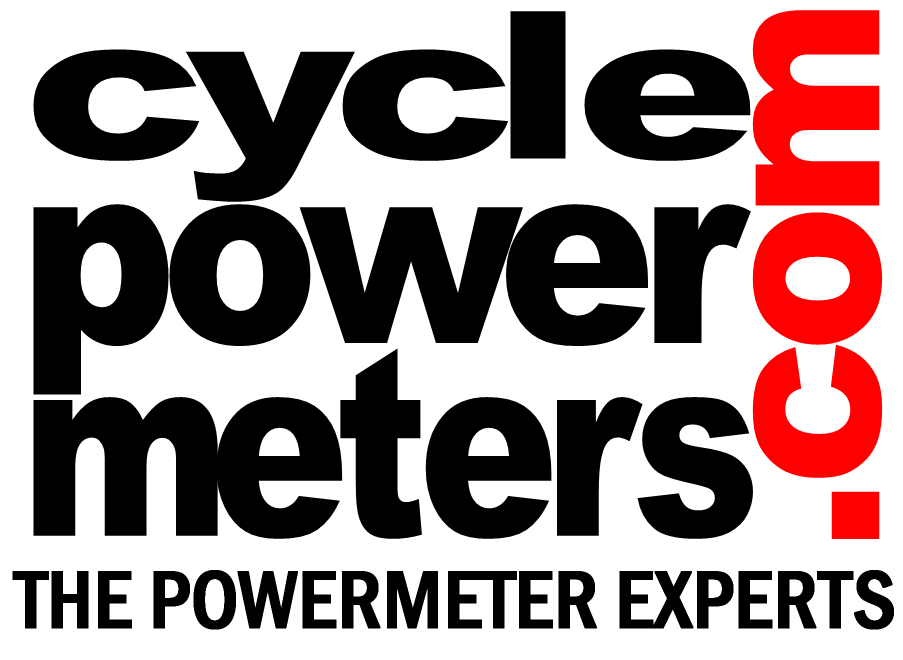The use of power meters, both in the pro peloton and club run, has risen significantly in recent years. Nowadays some riders even have multiple power meters on different bikes, something which has led to the need to compare data from one power meter to another.
However, the accuracy of comparing power meter data has been called into question by a recent study (you can find the original study here) in which 54 different power meters were tested. The aim of the study was to see just how good modern day power meters really are, and whether they are giving us power figures that are both accurate and precise (more on that in a second).
The researchers cleverly designed their testing so they were able to calculate the true average power that a rider was producing and then compare that true power value with the value recorded on various power meters.

How accurate is your power meter?
To do this, riders were placed on a treadmill set to a one per cent incline – but they were facing downhill (see figure one). A cord was attached to the seatpost, which in turn was linked to a weight to hold the rider in the same position on the treadmill.
A second weight was added to the cord which, if the rider didn’t pedal, would pull them backwards up the slope. Because the mass of the additional weight was known, the researchers could then calculate power output, while also accounting for the loss of power through the drivetrain.
This setup allowed the researchers to compare the average power as recorded on the various power meters to the true value. Each power meter was tested a number of times with a number of different riders.


